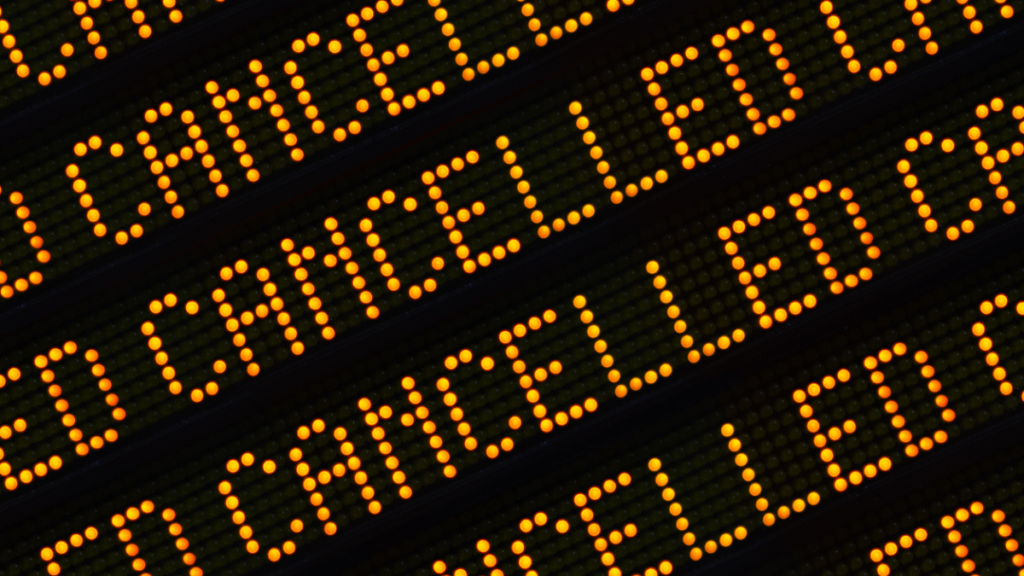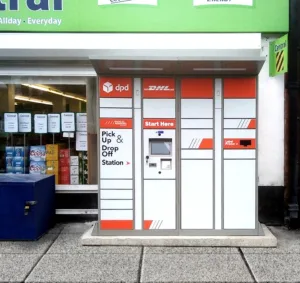By Suhaib Zaheer, Senior Vice President & General Manager, Cloudways
The announcement of train strikes can quickly turn August holiday excitement to disappointment as eager holidaymakers refresh their browsers, desperately trying to search train company websites for new routes to their destinations, reschedule or get refunds. The process of having to adjust travel plans is stressful enough for anyone, without a website crashing due to spikes in website traffic, or tickets being unavailable as they are snapped up by others before checkout.
For any organisation suffering outages during peak emotional times for users, this deals a significant blow to their reputation and credibility. The train strike and knock-on effects to websites and traffic serve as a powerful reminder that during times of uncertainty, improving bandwidth and minimising disruptions is crucial to avoid inefficiencies and a negative reaction from anyone affected.
As we navigate a wave of travel disruption, looking at what train companies can do acts as a great snapshot in best-practices for creating a customer-first approach. As there is high emotion involved from the customer, it’s more important than ever to demonstrate an unwavering commitment to passengers by making the user experience as seamless as possible. It also helps deflect unnecessary spikes in traffic to call centres from websites, alleviating the strain on support staff, and improving customer service all round.
Supercharge customer service
One of the key strategies for minimising friction is delivering proactive customer support. During strikes, the influx of inquiries and concerns may be overwhelming, potentially leaving customers feeling ignored or frustrated. By bolstering customer service resources, such as expanding the support team, businesses can ensure prompt responses to customer queries. Proactively addressing common concerns through well-crafted FAQs can also alleviate anxieties and provide customers with readily available information. Offering tailored support not only resolves immediate concerns but deflects unnecessary spikes in traffic to call centres from websites.
The power of personalisation
Investing in advanced analytics and data-driven insights can also empower travel companies to make informed decisions and deliver personalised experiences that resonate with individual customers. By analysing customer behaviour, preferences, and purchase history, providers can tailor recommendations to suit each customer’s unique needs. This level of personalisation can significantly enhance customer satisfaction, leaving customers feeling valued and appreciated.
The potential of maximising bandwidth
Another key strategy for minimising friction during train strikes is to optimise bandwidth capacity, allowing seamless handling of heavy traffic loads, without slowing down or crashing. If technology is implemented to automate dialling up bandwidth capacity when a surge in traffic is detected (and dials back down again once the busy period passes), train companies won’t have to pay for more bandwidth than they need but can ensure that their website(s) remain high-speed and responsive for all eventualities. Investing in robust hosting infrastructure that scales during surges in users is crucial to optimising website performance, and ensuring companies aren’t overpaying.
Simplifying the purchasing process by condensing multiple steps into a streamlined and intuitive checkout flow can significantly reduce friction, enhance speed, and minimise the chances of customers losing out on securing their purchase. Providing guest checkout options and allowing customers to proceed without mandatory account creation can remove unnecessary barriers and expedite the conversion process, especially for time-pressed passengers trying to catch the next train.
Enable transactions on the move
Given the prevalence of users accessing transportation websites while on the go, often without the convenience of a laptop or desktop computer, ensuring a seamless experience for people utilising smartphones and tablets underscores the necessity for a responsive and mobile-friendly website design. By ensuring compatibility across different devices and platforms, businesses can capture a wider audience and provide a consistent experience, regardless of the customer’s preferred digital touchpoint.
Peak traffic times can be hard to predict, therefore businesses need to prepare their website to create an exceptional online customer experience and eliminate future inefficiencies all year round. This holds particularly true if customers are re-booking, re-routing or refunding trips, where the pressure intensifies, and customers such as stressed travellers are hoping to buy new tickets or make purchases promptly.







